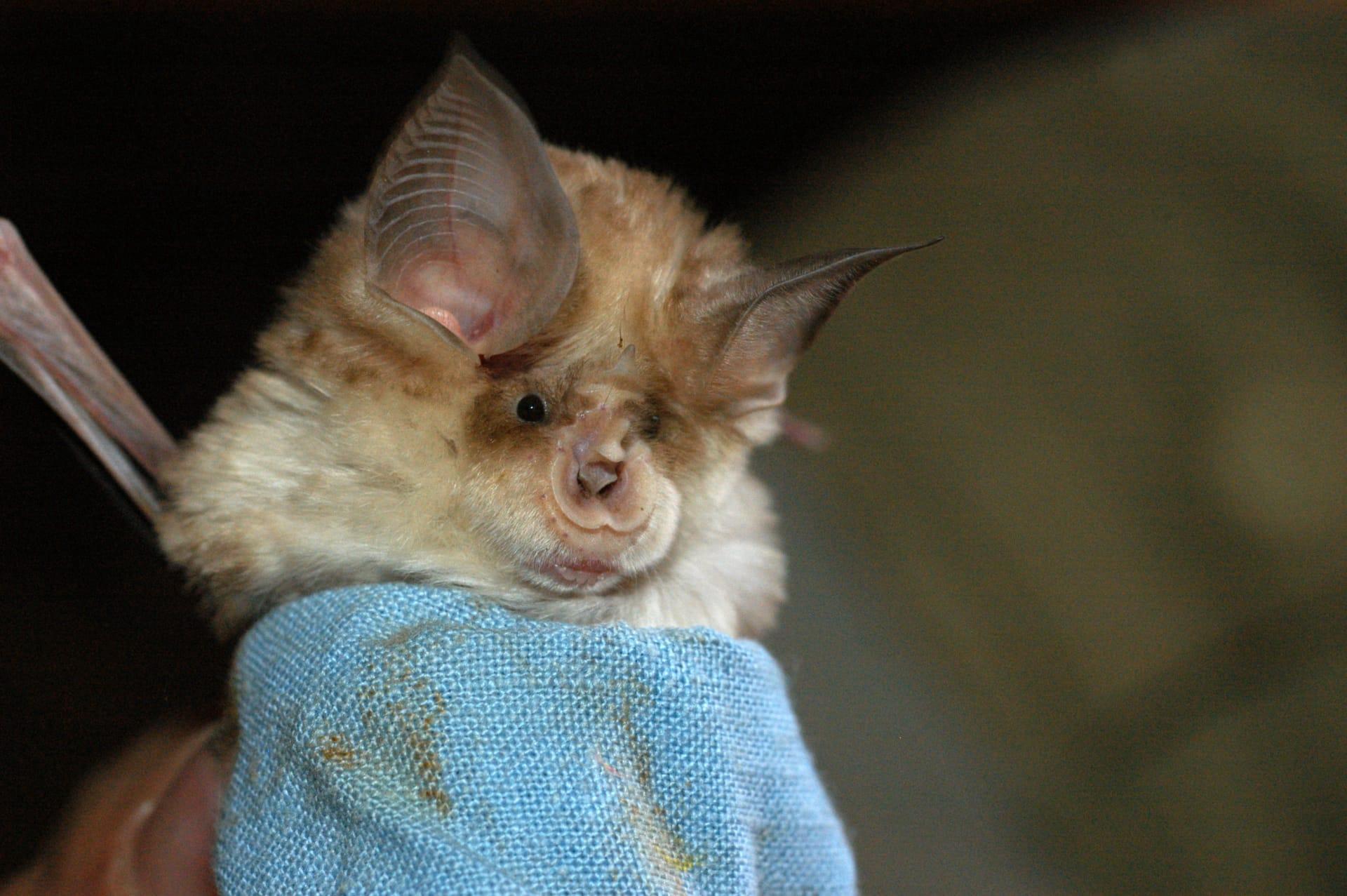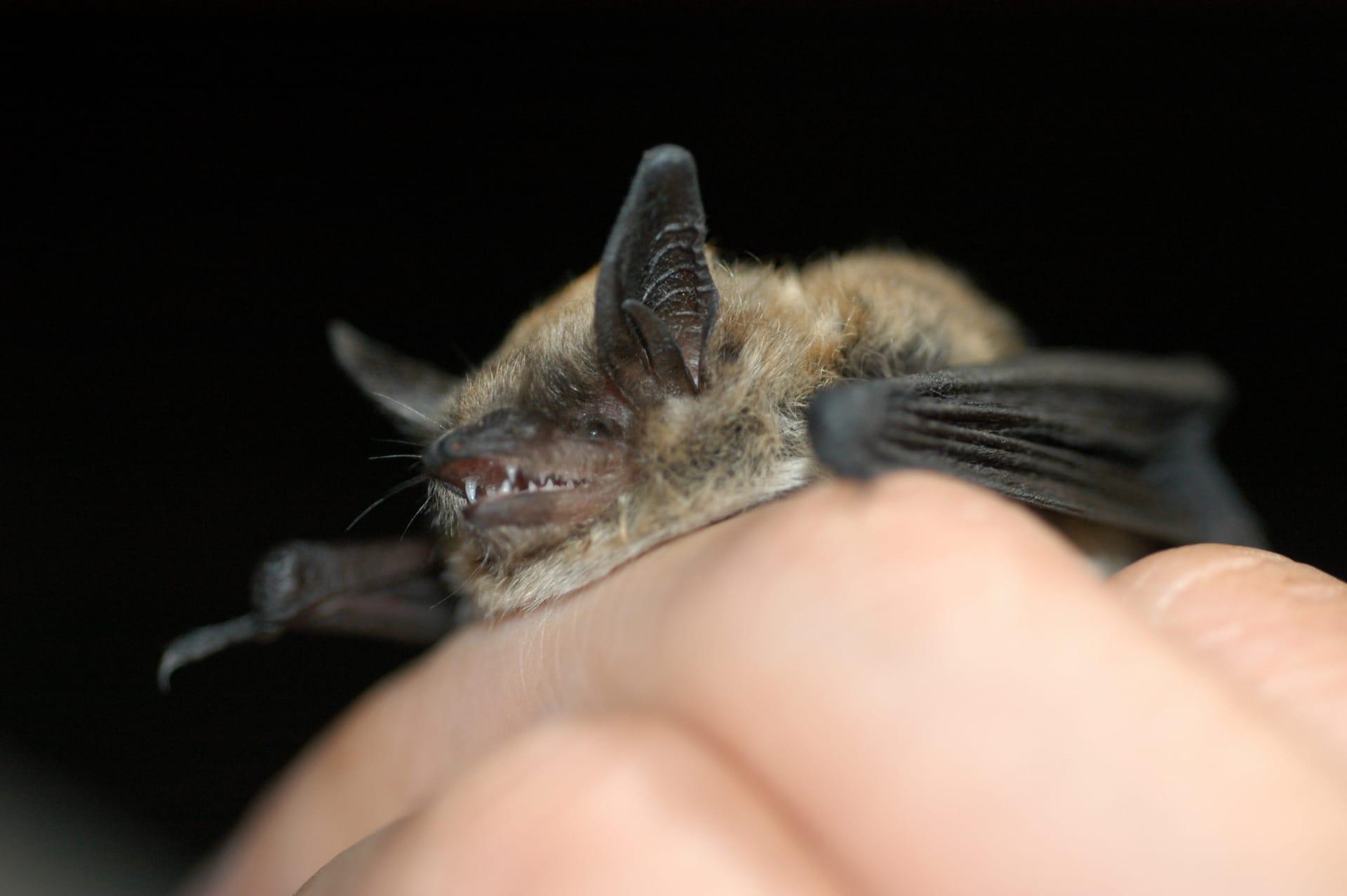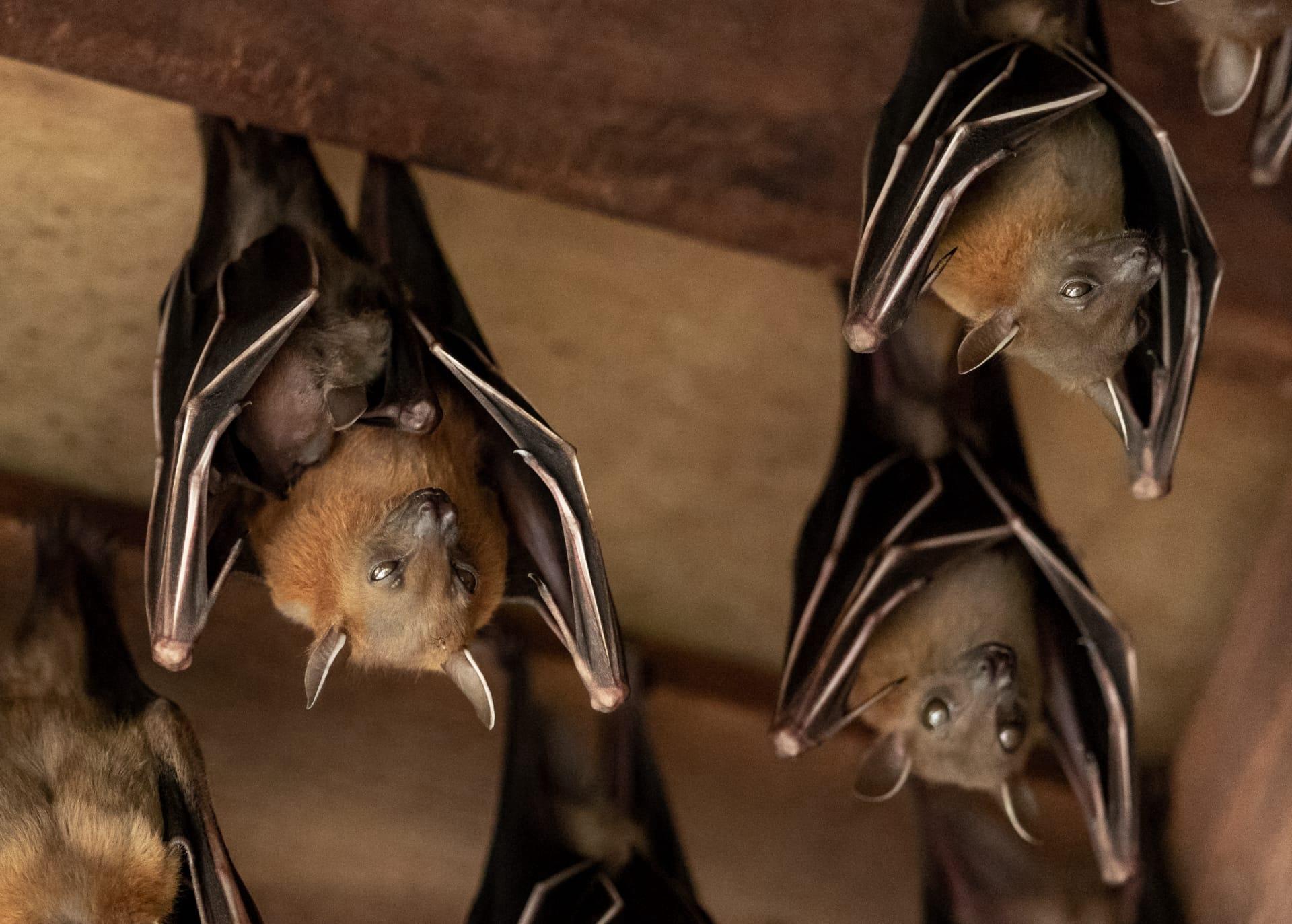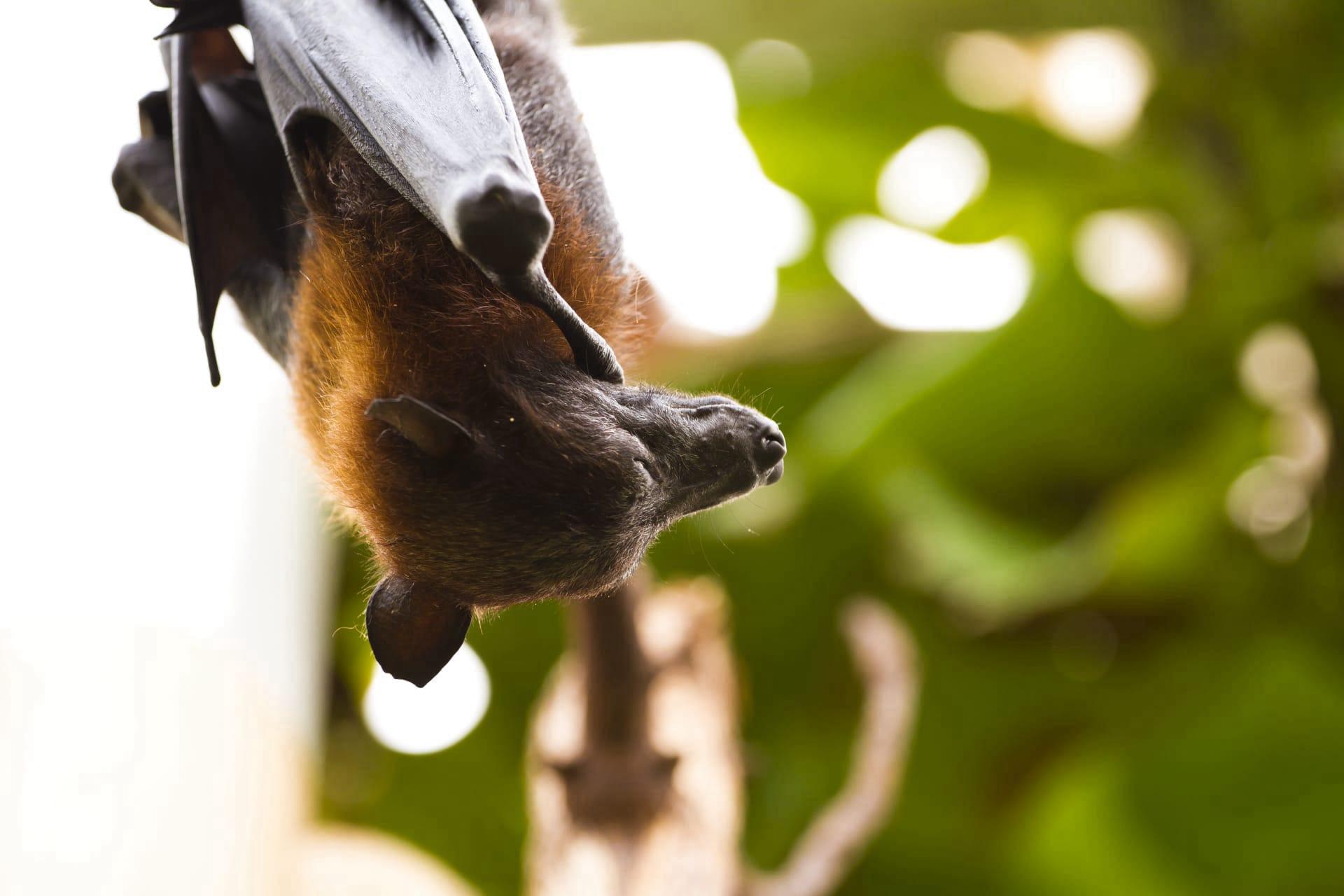Bat Trivia
- Home /
- Trivia Question /
- Animal /
- Bat Trivia
1
Question: How do bats navigate in the dark?
Answer: Bats are renowned for their echolocation ability, a biological sonar. They emit high-frequency sounds that bounce off objects, returning as echoes. By interpreting these echoes, bats can accurately navigate and hunt in total darkness. The frequency of these sounds typically ranges between 25,000 to 100,000 hertz, well beyond human hearing capabilities.
Question: What is the diet of most bat species?
Answer: Contrary to popular belief, most bat species feed on insects. A single bat can consume up to 1,200 mosquito-sized insects in just one hour. Some species, like the fruit bat, have a diet mainly consisting of fruits and nectar, playing a crucial role in pollination. Few species, like the vampire bat, feed on blood, but they are a minority among the over 1,400 bat species.

2
Question: Are bats blind?
Answer: The saying "blind as a bat" is a myth. Bats are not blind; in fact, they have quite good eyesight, especially under low-light conditions. However, their eyes are more adapted to detecting motion rather than detailed images, which is why echolocation is their primary navigation tool.
Question: Do bats always hang upside down?
Answer: While it's true that bats rest hanging upside down, they don't do it all the time. This position allows them to take off easily, as they lack the lift required for a ground takeoff. Bats have a special tendon in their feet that locks in place, letting them hang without expending energy. They stand upright for activities like grooming or when they need to walk.

3
Question: How long do bats live?
Answer: Bats have surprisingly long lifespans for their size. Some species can live more than 30 years. This longevity is exceptional in the mammal world, considering that most small mammals have much shorter lifespans. The Brandt's bat holds the record, with a documented lifespan of over 41 years.
Question: Can bats swim?
Answer: Bats are not known for swimming, but they are capable of it if necessary. They use a dog-paddle style and can swim for short distances if they find themselves in water. However, swimming is not a preferred or common activity for bats, as their primary habitat and feeding zones are in the air or on land.

4
Question: How do bats contribute to the ecosystem?
Answer: Bats play vital roles in many environments around the world. They are significant pollinators, especially for night-blooming flowers. Bats also help in seed dispersal, aiding in the regeneration of forests. Insect-eating bats are crucial for controlling pest populations, potentially saving the agricultural industry billions annually in pest control.
Question: Are all bats nocturnal?
Answer: The majority of bats are nocturnal, meaning they are active at night and sleep during the day. This nocturnal behavior helps them avoid predators and competition for food. However, there are some exceptions, like the flying foxes found in the Pacific Islands and parts of Asia, which are active during the day.

5
Question: How do bats reproduce?
Answer: Bats typically have a slow rate of reproduction. Most species give birth to only one offspring per year. The gestation period varies between species, ranging from 40 days to six months. Baby bats, called pups, are born well-developed with eyes open and fur. They depend on their mothers for a few weeks to several months before becoming independent.
Question: What is the largest bat species?
Answer: The largest bat species in terms of wingspan is the giant golden-crowned flying fox, native to the Philippines. It can have a wingspan up to 5.6 feet (1.7 meters). Despite its size, this bat feeds exclusively on fruits, particularly figs. Its large wingspan aids in long-distance flight, crucial for finding food and roosting sites.